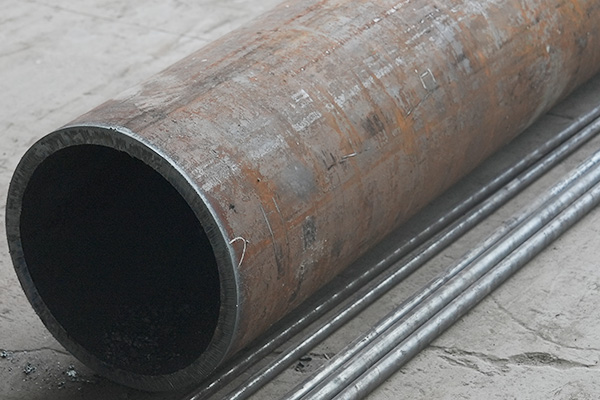

Manufacturing Processes of Transmission Line Pipe and Quality Assurance
Transmission line pipes are essential for transporting oil, gas, and other fluids over long distances. The manufacturing processes and quality assurance practices are critical to ensuring that these pipes meet stringent requirements for safety, reliability, and durability in demanding environments.
Manufacturing Processes
Raw Material Preparation
The production begins with selecting high-quality steel billets or coils. Chemical composition is controlled to achieve the desired mechanical properties and corrosion resistance.
Forming
Transmission line pipes are typically produced through either seamless or welded processes:
Seamless Pipe Manufacturing: A solid billet is heated and pierced to create a hollow tube. The pipe is then elongated and sized through rolling or drawing.
Welded Pipe Manufacturing: Steel plates or coils are formed into cylindrical shapes and joined by longitudinal or spiral welding (such as Submerged Arc Welding, SAW).
Heat Treatment
Post-forming heat treatments like normalizing, quenching, and tempering refine the microstructure, improve strength, toughness, and relieve residual stresses.
Sizing and Straightening
Pipes undergo cold sizing and straightening to achieve precise dimensional tolerances and eliminate deformation.
Non-Destructive Testing (NDT)
Throughout production, NDT techniques such as ultrasonic testing, magnetic particle inspection, and radiographic testing detect surface and internal defects.
Coating and Protection
External coatings (e.g., fusion bonded epoxy, polyethylene) are applied to prevent corrosion. Internal linings may also be added for certain fluid transport applications.
Quality Assurance
Quality assurance in transmission line pipe manufacturing involves strict adherence to international standards (e.g., API 5L, ISO 3183) and comprehensive testing protocols:
Material Testing: Chemical composition, mechanical properties (tensile strength, yield strength, elongation), and impact toughness are verified.
Dimensional Inspection: Measurements of outer diameter, wall thickness, length, ovality, and straightness are rigorously controlled.
Weld Integrity Testing: Weld seams are examined through radiography or ultrasonic methods to ensure defect-free joints.
Hydrostatic Testing: Pipes undergo pressure testing at 1.5 times design pressure to confirm structural integrity.
Documentation and Traceability: Detailed records of manufacturing data, test results, and certifications are maintained to ensure traceability.
Conclusion
The manufacturing of transmission line pipes combines advanced forming techniques with robust quality assurance measures to produce reliable pipelines capable of withstanding harsh operating conditions. Consistent process control and comprehensive testing ensure the pipes meet safety and performance standards required in the oil and gas industry.
References
API Specification 5L: Specification for Line Pipe
ISO 3183: Petroleum and Natural Gas Industries — Steel Pipe for Pipeline Transportation Systems
Totten, G.E. (2006). Steel Heat Treatment: Metallurgy and Technologies.
ASTM A530/A530M – Standard Specification for General Requirements for Specialized Carbon and Alloy Steel Pipe
Kou, S. (2003). Welding Metallurgy.





